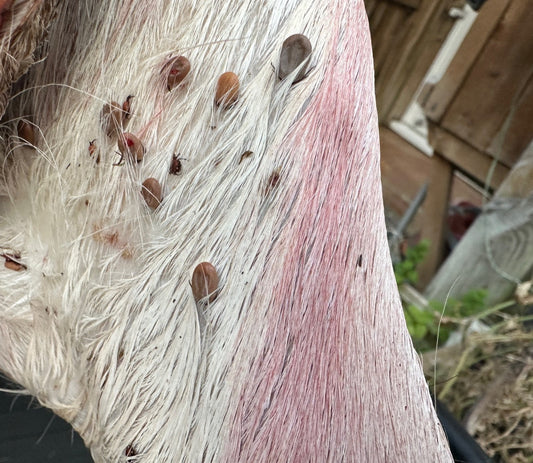Deer are iconic creatures of the British countryside, contributing to the charm and biodiversity of the land. However, their presence, particularly in substantial numbers, can lead to a natural phenomenon known as deer browsing. This activity refers to deer feeding on tree shoots, shrubs, and woodland plants. While browsing is a natural behaviour, excessive browsing can significantly impact woodland ecosystems, affecting both flora and fauna.
Understanding the extent and impact of deer browsing is crucial for landowners and deer managers to make informed decisions in managing deer populations and preserving woodland health. Here, we delve into the remediation strategies for mitigating the effects of deer browsing and the types of flora and fauna most affected by it.
Remediation Strategies:
Deer Management:
- Controlled Culling: Implementing a well-planned culling strategy keeps deer populations within sustainable limits, reducing browsing pressure on vegetation. Selective culling contributes to the overall health and genetic diversity of the deer population.
- Population Monitoring: Regularly monitoring deer populations using scientific methods enables informed decision-making regarding culling numbers and timing.
- Professional Guidance: Engaging professional deer managers or consulting with deer management organizations can offer the necessary expertise and resources for effective deer management.
Fencing:
- Protection of Sensitive Areas: Fencing off sensitive or regenerating areas from deer access allows vegetation to recover, especially protecting young trees and shrubs that are vulnerable to browsing.
- Temporary vs Permanent Fencing: Depending on the specific circumstances of the woodland, temporary fencing can be used during critical growing periods, while permanent fencing provides long-term protection.
Habitat Enhancement:
- Planting Deer-Resistant Vegetation: Introducing less palatable species like boxwood and holly can reduce browsing pressure.
- Alternative Feeding Areas: Establishing alternative feeding areas with supplementary food sources can divert deer from sensitive woodland areas, especially during winter months when natural food sources are scarce.
Impact on Flora and Fauna:
Flora:
- Tree Regeneration: Preferred tree species like oak, ash, and birch often suffer from browsing, leading to an over-representation of less palatable species such as holly.
- Understory Vegetation: The understory, crucial for woodland ecosystems, often faces heavy browsing pressure, impacting various other species dependent on this layer.
Fauna:
- Ground-Nesting Birds: Species like nightingales and woodcocks require the understory for nesting and are adversely affected by its loss due to browsing.
- Small Mammals: Similarly, small mammals like voles and shrews require ground vegetation for cover from predators. The loss of this cover can lead to a decline in their populations.




